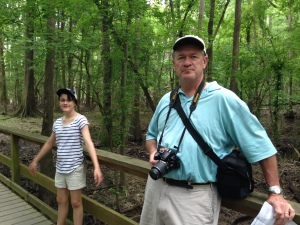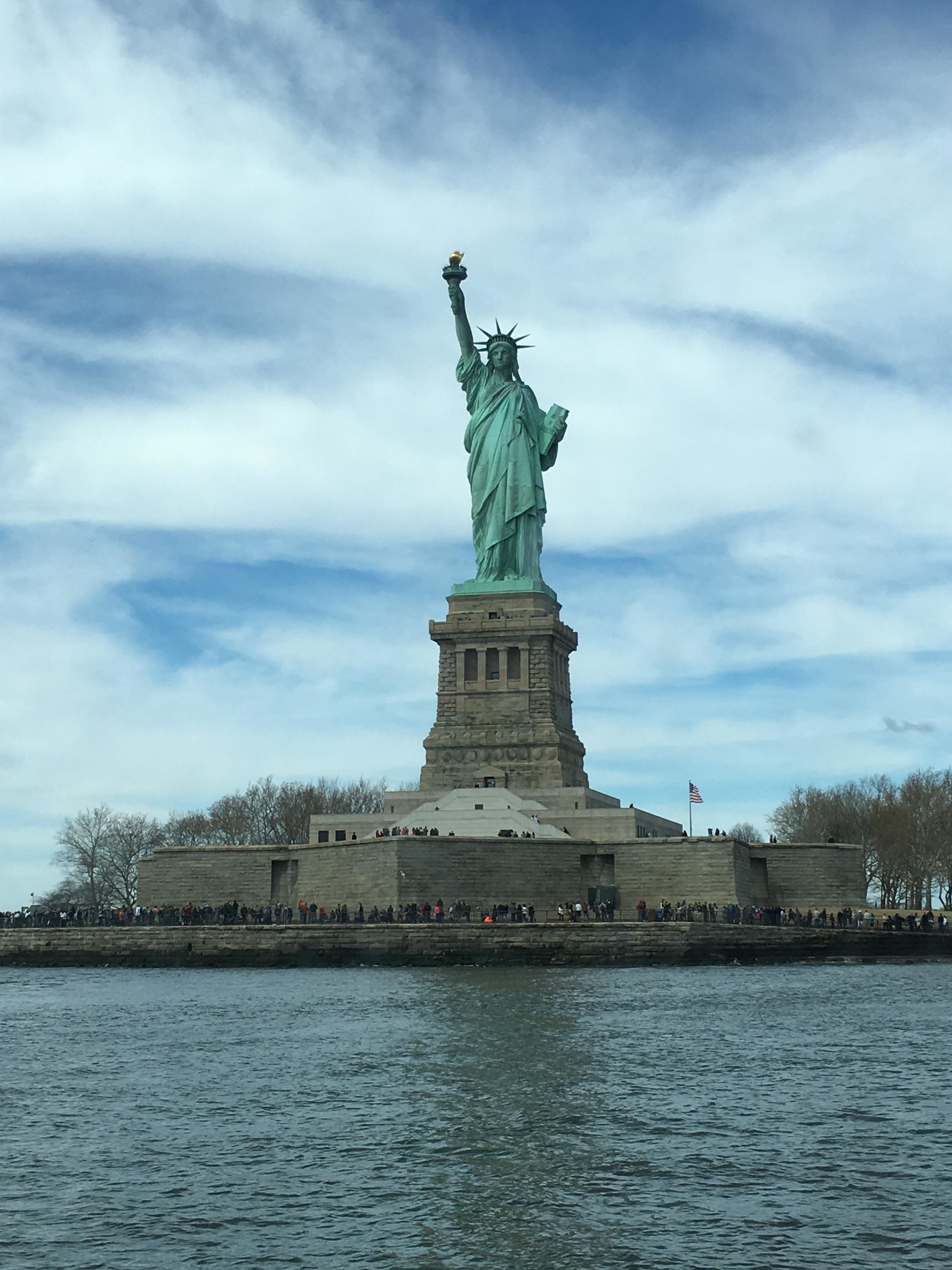 Driving along a two lane road in central South Carolina, we didn’t know what to expect at Congaree National Park – especially since we’d never heard of it before. In fact, the park has only been a National Park since 2003. Before that it was the Congaree Swamp National Monument.
Driving along a two lane road in central South Carolina, we didn’t know what to expect at Congaree National Park – especially since we’d never heard of it before. In fact, the park has only been a National Park since 2003. Before that it was the Congaree Swamp National Monument.
According to our guidebook, “National Geographic Guide to the National Parks of the United States – 6thEdition,” it is not a true swamp. It is a floodplain ecosystem which changes when two rivers – the Congaree and the Wateree – pass over about 10 times per year. It is also a forest of bottomland hardwood trees – specifically the bald cypress, water tupelo and loblolly pines. In fact, the largest loblolly pine in the world, climbing more than 160 feet, is located here.
Although the visitor’s center was closed that Sunday, trails maps and brochures with marker descriptions were available. We chose to take the 2.4 mile boardwalk, which was slanted in different angles – mainly because it was built in 8 feet of muck which changes every time it floods. (more…)



